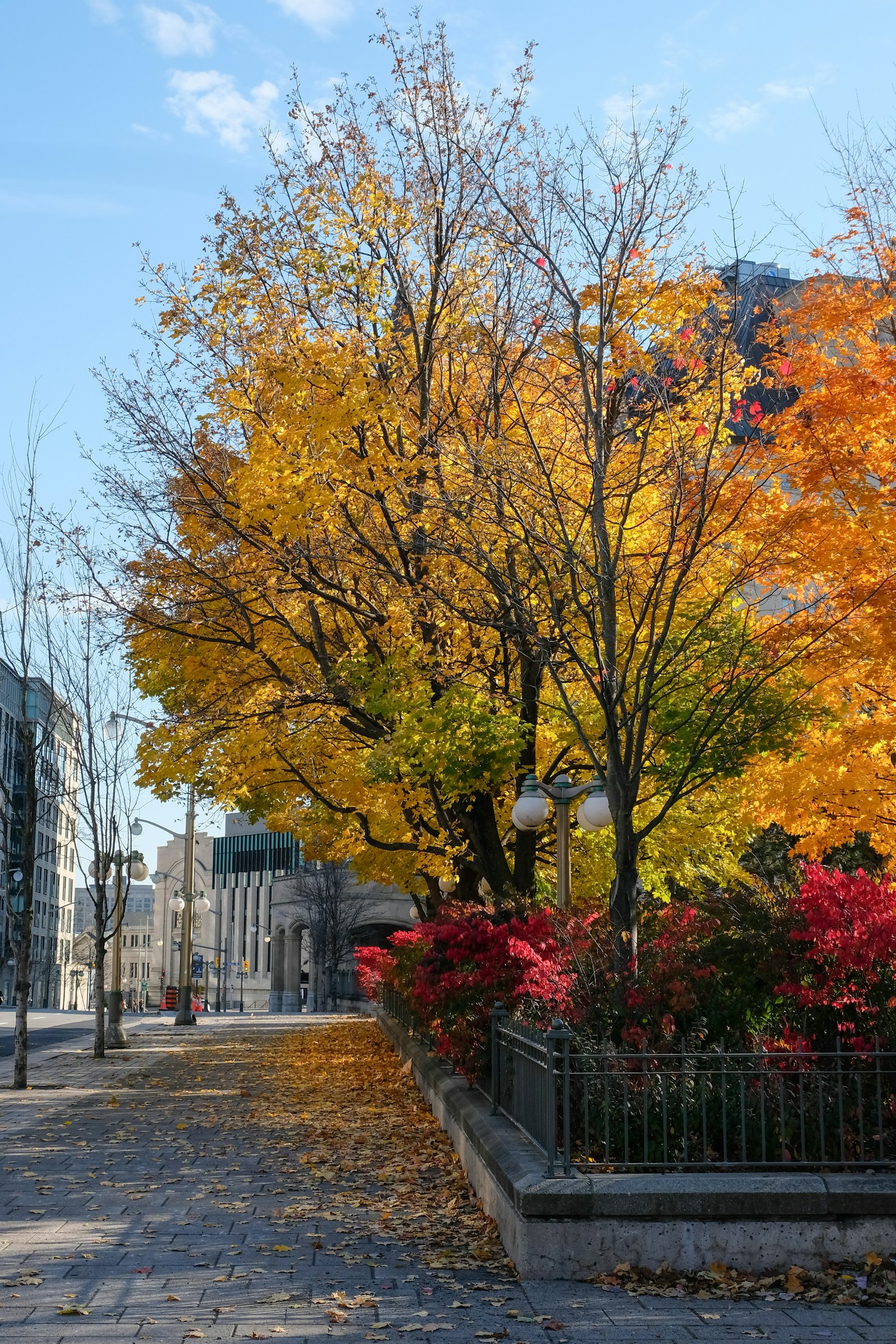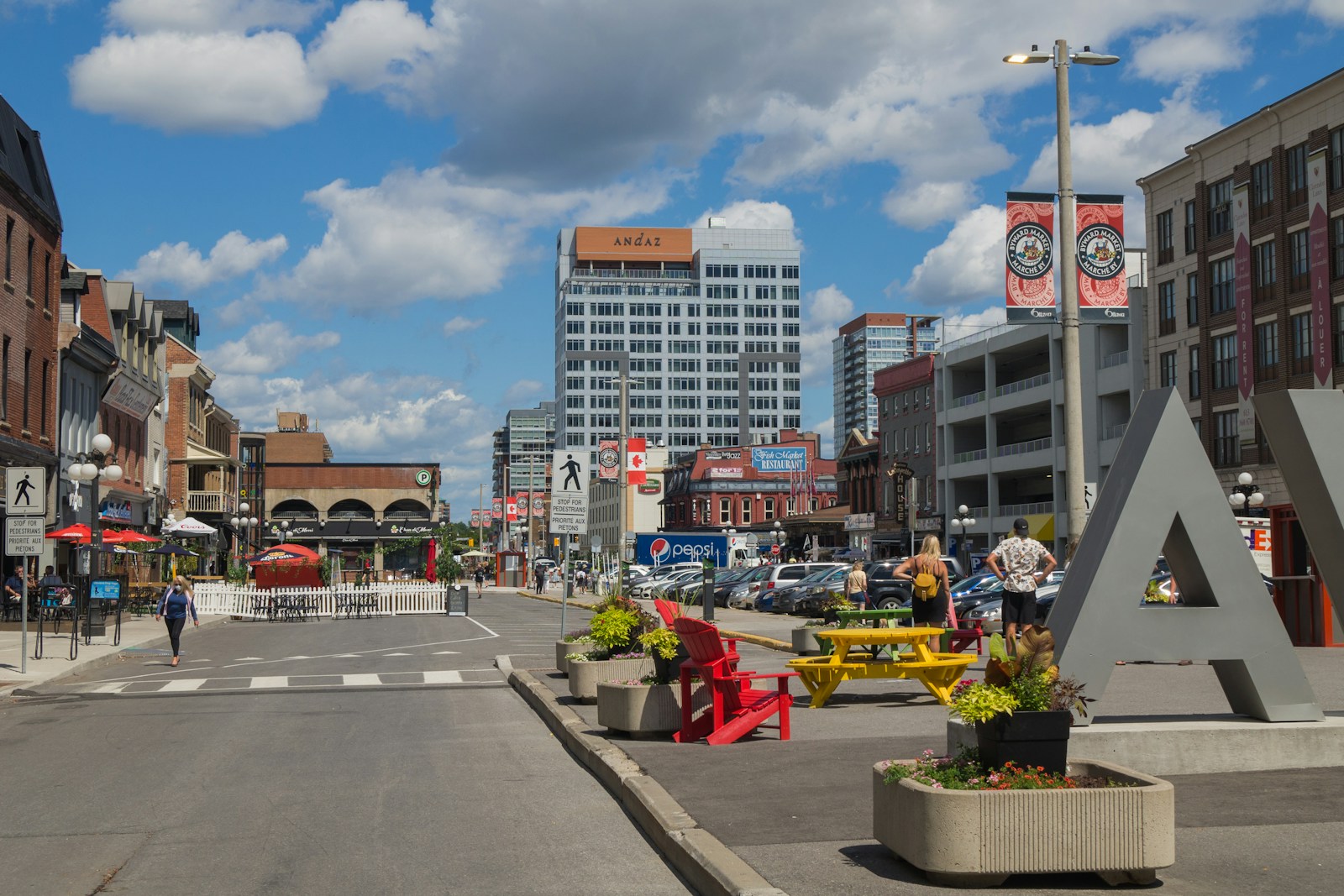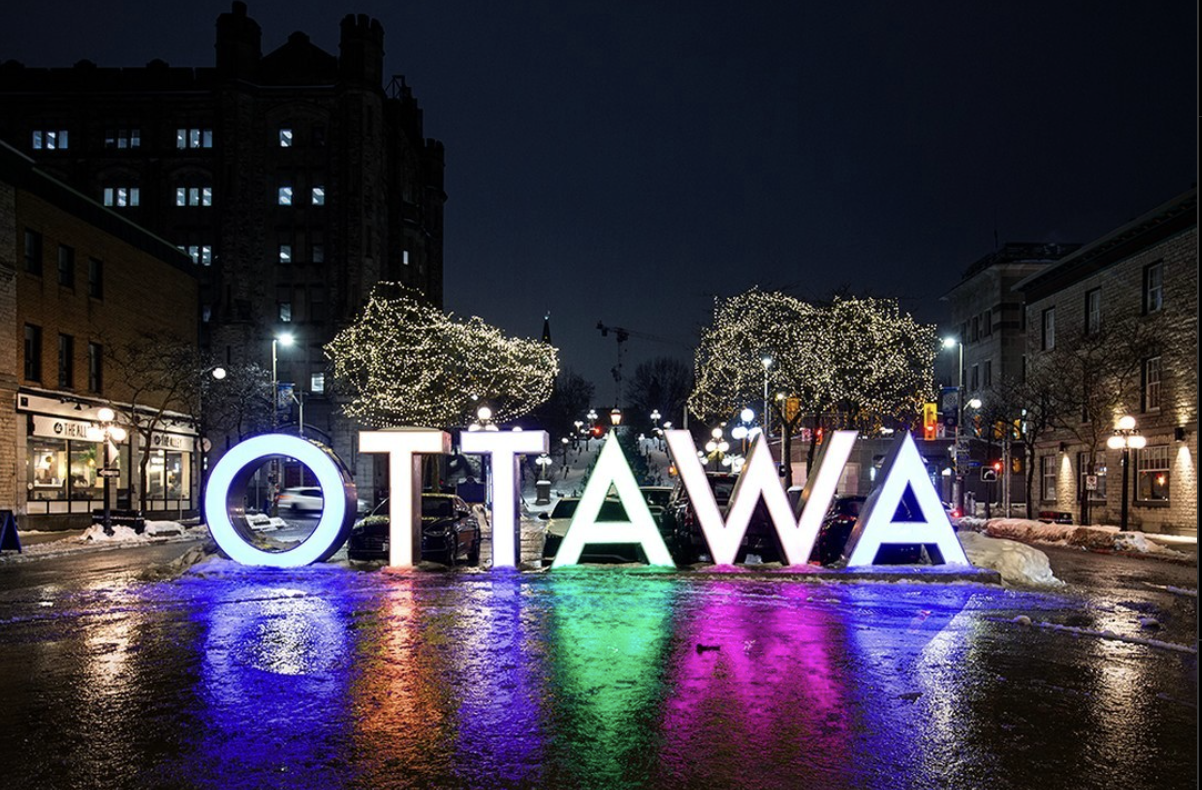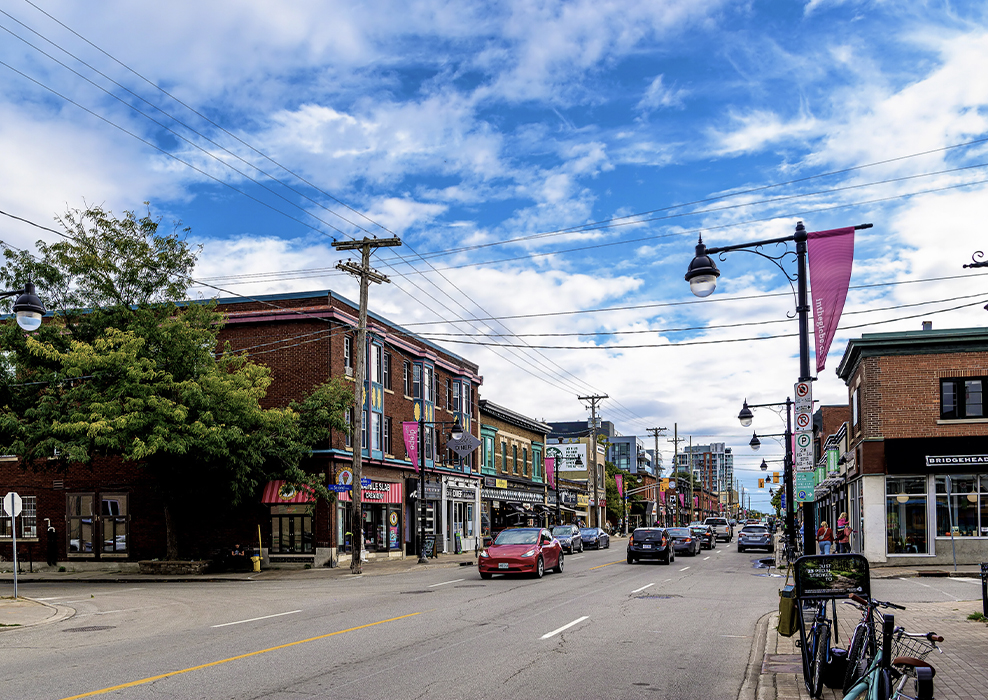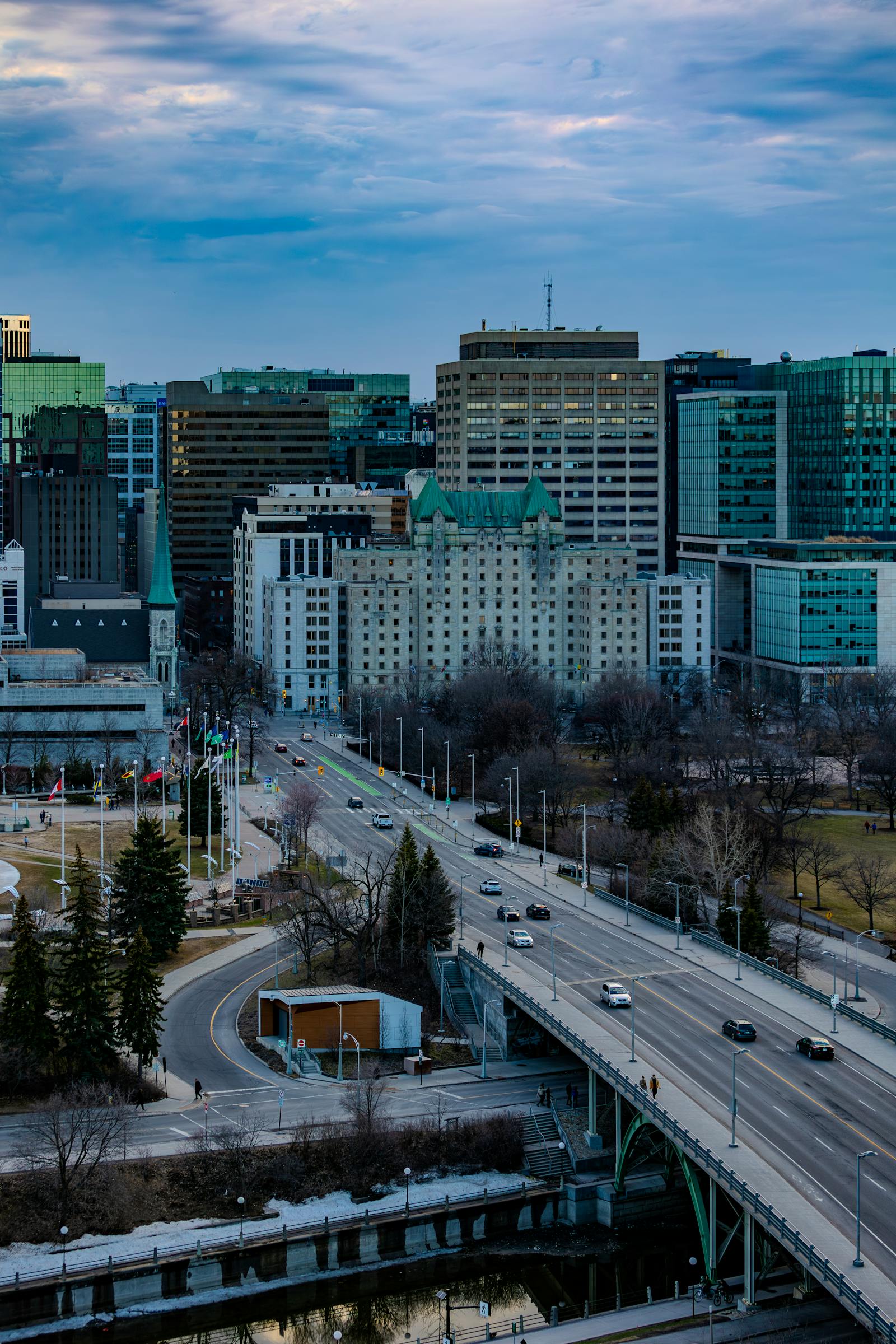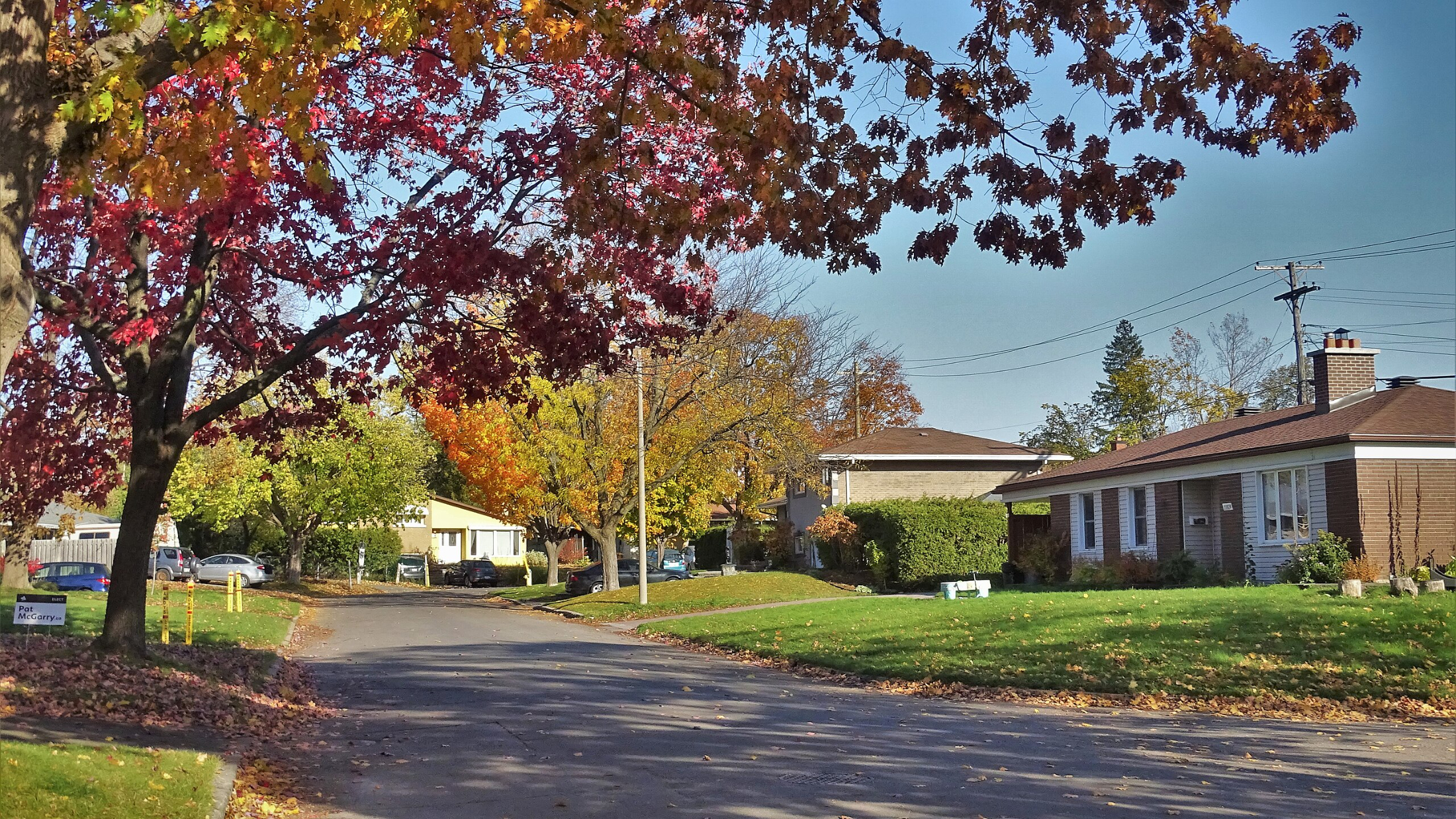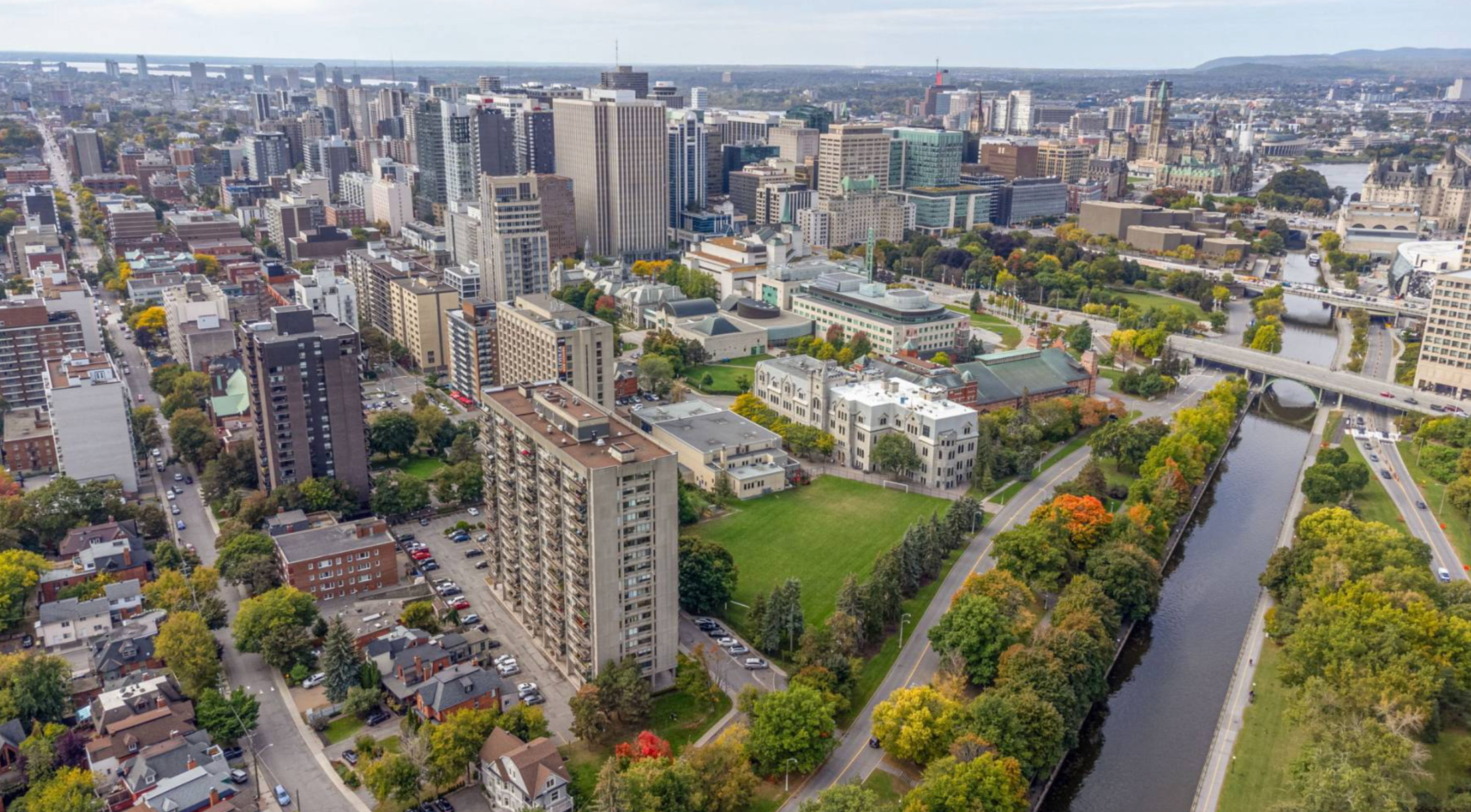Introduction – Why Centretown Is One of Ottawa’s Most Popular Neighbourhoods
Centretown is one of Ottawa’s most vibrant and well-known neighbourhoods. Located just west of the downtown core, it offers a true urban lifestyle with unmatched walkability, transit access, and convenience. For professionals, students, newcomers, and anyone who wants to live close to everything, Centretown is often at the top of the list.
This guide covers what it’s really like living in Centretown Ottawa, including housing, transportation, amenities, pros and cons, and who the neighbourhood is best suited for.
1. Where Is Centretown Located?
Boundaries & Nearby Areas
Centretown is generally bordered by:
North: Downtown Ottawa
South: The Queensway (Highway 417)
West: Little Italy & Hintonburg
East: The Rideau Canal
It sits at the heart of the city, making it one of Ottawa’s most central neighbourhoods.
Proximity to Downtown
Many residents walk to work in:
Downtown offices
Federal government buildings
Parliament Hill
Living in Centretown often means eliminating the daily commute altogether.
2. What It’s Like to Live in Centretown
Urban Lifestyle & Walkability
Centretown is one of the most walkable neighbourhoods in Ottawa. Daily life often includes:
Walking to groceries
Cafés on every block
Easy access to transit
Everything you need is within minutes.
Who Centretown Is Best For
Centretown is ideal for:
Young professionals
Students (uOttawa & Carleton)
Newcomers to Ottawa
Renters and condo owners
People who prefer car-free living
3. Housing in Centretown
Apartments & Condos
Most housing consists of:
High-rise apartment buildings
Low-rise condo developments
Newer mixed-use buildings
This makes Centretown one of the best areas in Ottawa for renters.
Heritage Homes & Rentals
You’ll also find:
Converted heritage homes
Duplexes and triplexes
Character-filled rentals
These are popular but limited in supply.
Home Prices & Rent Costs
Approximate costs:
One-bedroom rent: $1,500–$1,900
Two-bedroom rent: $1,900–$2,400
Condos: Generally more affordable than freehold homes
Prices reflect the neighbourhood’s central location and demand.
4. Transportation & Commuting
Public Transit & LRT Access
Centretown has excellent transit access:
Multiple bus routes
Walking distance to LRT stations
Easy connections across the city
Transit is a major advantage for residents.
Driving, Parking & Car-Free Living
Many residents live without a car. Parking is limited, and street permits are often required, but car-free living is realistic and common.
5. Shopping, Dining & Nightlife
Grocery Stores & Daily Essentials
Centretown residents enjoy:
Farm Boy
Independent grocers
Specialty food stores
Everything is within walking distance.
Restaurants, Cafés & Bars
The neighbourhood is known for:
Independent cafés
International cuisine
Casual bars and pubs
Elgin Street, Bank Street, and Somerset are major hubs.
6. Parks, Green Space & Recreation
Dundonald Park
A central community park featuring:
Green space
Events and markets
A strong neighbourhood gathering point
Access to Canal & Pathways
The Rideau Canal is steps away, offering:
Walking and cycling paths
Skating in winter
Scenic views year-round
7. Schools, Healthcare & Services
Centretown offers:
Public and Catholic schools
Daycares and childcare centres
Clinics, pharmacies, and dental offices
Most services are walkable, adding to convenience.
8. Safety & Community Feel
Centretown is busy and lively. Like any downtown area, it experiences:
Higher foot traffic
Occasional noise
More visible city activity
However, many residents appreciate the energy and strong community networks.
9. Pros and Cons of Living in Centretown
Pros
✔ Extremely walkable
✔ Excellent transit access
✔ Close to work and entertainment
✔ Diverse and inclusive community
Cons
✘ Limited parking
✘ Higher rent prices
✘ Less green space than suburbs
✘ Urban noise
10. Is Centretown a Good Neighbourhood for You?
Centretown is a great choice if you:
Want an urban lifestyle
Prefer walking or transit
Enjoy dining and culture
Work downtown
Are renting or buying a condo
It may not be ideal if you want large yards or quiet suburban streets.
FAQs
Q1: Is Centretown Ottawa expensive?
It’s more expensive than suburbs but offers strong value for location.
Q2: Is Centretown safe?
Yes, though it feels busier than suburban areas.
Q3: Do you need a car in Centretown?
No—many residents live car-free.
Q4: Is Centretown good for students?
Yes, especially for uOttawa and Carleton students.
Q5: Is Centretown good for families?
Some families live here, but space is limited.
Q6: Is Centretown mostly renters or owners?
It’s renter-heavy with growing condo ownership.
Conclusion
Centretown is one of Ottawa’s most dynamic neighbourhoods, offering unmatched convenience, walkability, and access to the city’s core. While it comes with the realities of urban living, many residents find the lifestyle benefits far outweigh the trade-offs. If you want to be in the heart of Ottawa, Centretown delivers.

